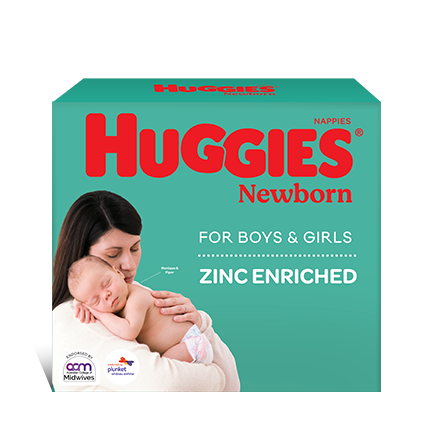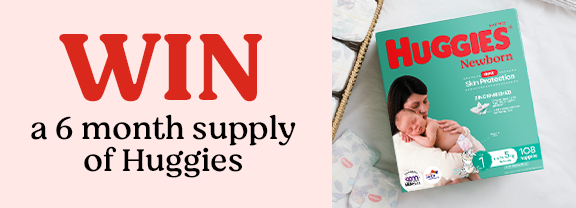The time you’ll spend with your baby or toddler is both simple and precious. One day it will sit unadorned as a golden chapter in your memory: a kind of reservoir of joy to sustain you in your dotage.
The problem is that, for now, there are just a couple of issues. And the biggest one by far is figuring out what to do with them. It’s not always easy—especially if they’re your first child, and you’re not used to navigating the local attractions for small humans who are yet to verbalise properly.
Don’t fear, because this type of play is as easy to nail as it is beneficial.
The best thing about caring for your own child is that the more you speak, chat, and engage with them, the better it is for their long-term brain development. In fact, toddlers that engage in play are shown to be happier, healthier, and even up to 25 percent richer as adults versus kids who are deprived. The second-best thing is that most of the activities you’ll find on the menu are completely free—and lots of them can even be done at home.
Here are a few options:
1. Peekaboo
It’s a classic for a reason. Variations on classic peekaboo play are thought to be a universal, instinctive way that humans engage with their young children. The game is as well known to the Xhosa tribes of South Africa as it is to traditional Japan, and studies have shown children to react and engage with their parents’ ‘peekaboo’ interactions from as early as four months. It’s theorised to help baby become accustomed to their parents’ occasional absences, as well as with object permanence.
Try covering their eyes, then (“Peekaboo!”) removing your hands to reveal yourself, or alternatives such as covering a toy with a tea towel, then encouraging them to look for it.
2. Walking
The kind of play you choose will obviously evolve as the apple of your eye ages. Infants may be endlessly distracted by your raspberry blowing, or the cadence of your nursery rhymes. But the three-year-old screaming blue murder outside the toilet door because you won’t let them watch you poop will require a more sophisticated strategy.
Walking is great because you can do it as soon as they’re able to leave the house, in a pram or—even better—a harness-style baby carrier, which they will eventually be able to be turned to face forwards from, the better to take in the world. You can do it with a bub at any age, adapting to your child’s mobility, with older kids able to be guided to (and then let loose upon) local parks, playgrounds, or beaches.
More importantly, it’ll get you out of the house, standing in your stretch-waisted trackies and squinting in the sunlight like a mole.
3. The library
Libraries are threatened around the world, says the Guardian, with usage plummeting in the post-internet era of digital downloads and egalitarian access to knowledge. But that means that surviving libraries are more diverse than ever, with suburbs and many larger towns offering dedicated children’s play areas, book readings, and suitably colourful décor.
There’s no pressure to purchase anything so you can linger, like you otherwise might in a café, but the staff encourage engagement, and there are usually loads of kids filtering in and out for your child to hang with.
4. Make a DIY rattle with them.
Get a safe plastic container which has a firm lid and fill it with rice or pasta. Let your baby shake away! You can even replace the rice or pasta with other items that will make a different noise so now they are hearing and seeing new and interesting things, which brings variety and surprise.
5. Swimming
Bonding with your bub at the local pool can be wonderful. Swim schools such as Swim Australia allow you to get into the pool with your bub from three months via regular lessons which are regularly the highlight of the week for whichever parent is lucky enough to participate. But just splashing with them at your neighbourhood swim centre can be done any time after six weeks (mothers are more open to infection earlier). Specially warmed baby pools, which reach up to around 32 degrees, are best.
6. The playground
You’ll be aware of the development of your child’s movement in an almost granular way: are they rolling, meaning they need closer observation when they’re put on a bed? Are they bum shuffling? Crawling? Finding their feet? By the same metric, almost all reasonably sized towns upwards have a variety of playgrounds—in parks, shopping centres, and, for example, the YMCA—that will cater for multiple development levels. Exploring your area will soon give you an uncanny mind map of which places are best for what day (rain, sun, wind), available time between naps and traffic, and proximity to other places on today’s to-do list.
7. Freestyle motocross
Actually, both babies and toddlers are surprisingly awful at performing aerial tricks on a dirt bike. Avoid.
Written for Huggies by Ben Smithurst. Feb 2023. Ben is a father of two, dad blogger, and journalist from Sydney. You can find more of his work at directadvicefordads.com.au.
Reviewed by Jane Barry, midwife and child health nurse Feb 2023.


Last Published* May, 2024
*Please note that the published date may not be the same as the date that the content was created and that information above may have changed since.






























